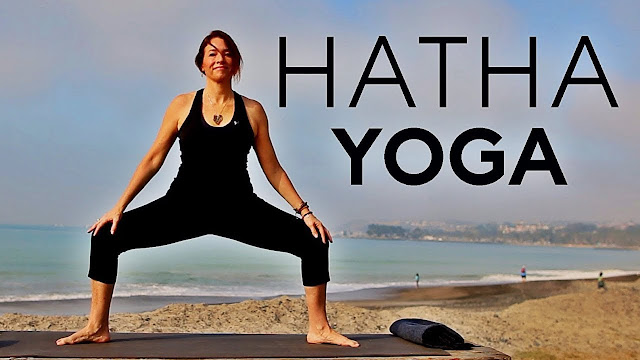Hatha Yoga Teacher Training in Rishikesh
Rishikesh is synonymous with yoga and wellness. Blessed with a cool environment with abundance of natural gifts manifested in the form of geographical landscapes and features (mountains, forests and rivers), flora (exotic flowering and medicinal plants) and fauna (exotic species of animals), Rishikesh enchants all visitors with its divine-like aura. You can feel divinity in the air of the city. A number of temples and ashrams have long been the hallmarks of the city. It has been the home of our sadhus and sanyasis from times immemorial, and over a period of centuries, it has become a heartland for attaining wellness of body, mind and spiritual existence. Among many of its notable hallmarks are the yoga teacher training ashrams, or call these as centres in modern parlance. These centers are unmistakably noticeable in the city and on the banks of River Ganga with many signboards.
Rishikesh is the yoga capital of the world. People from India and from around the world come here to becomes teachers in yoga. This is the biggest destination of learning yoga to become a teacher. Most of the centers, their courses and their trainers are certified by the reputed international body Yoga Alliance. The certification enables them to follow a structured method of instruction of yoga to the aspirants. It also lends credibility to yoga practitioners when they teach yoga in their respective places.
Yoga has many styles. These have evolved over a period of time. However, the base style is the ancient one, called Hatha Yoga. In English, the meaning of ‘hatha’ is obstinate or stub-born. Why is this called so is perhaps because it wants you to be firm in resolve to do the different postures, which range from simple to very difficult. These can be trying at times which makes it important to improve gradually with time. This persistence requires a lot of commitment and determination. Therefore the resolve for ‘hath’ shall be there which will not let you give it up.
The Hatha yoga teacher training in Rishikesh is the base of all styles, two prominent ones of which are Iyengar and Ashtanga yoga styles. The traditional form was propounded by Patanjali. Since the changes are inevitable, the modern variants have been developed in order to suit the needs of the people. For example, the Iyengar style focuses on right posture and alignment of the body while practicing the Hatha yoga. It even makes use of the different supporting articles called props to ensure that the posture and alignment of the body shall be correct. It firmly believes that only the right posture and alignment can give the real benefits of a particular pose.
Similarly, the Ashtanga variant focuses on breathing patterns during the practice of asanas. It focuses on when to inhale, exhale or retain the breath while doing yoga poses. And, if the asanas and breathing patterns can be arranged in a sequence of steps, then these can improve the circulation of blood and air inside the body.
These styles most often form the basis of teaching the yoga in Rishikesh. While you could find other cities, such as Delhi or Gurugram, also offering aerial yoga, power yoga or other similar exercises, Rishikesh is a class apart in that it provides true Hatha yoga with above given two major variants. Both of these are also well recognized by Yoga Alliance and can be taught within its course curriculum.



Comments
Post a Comment